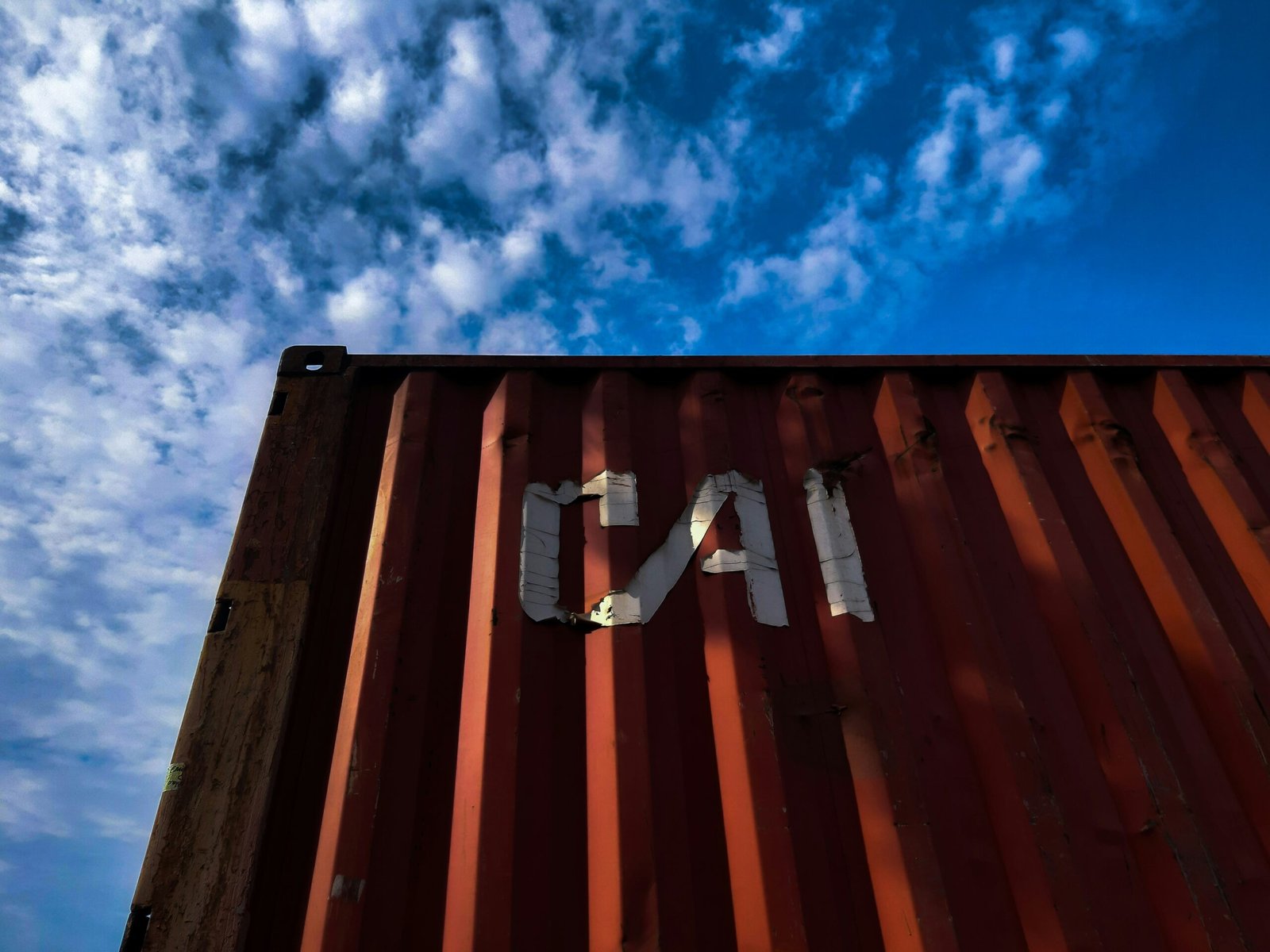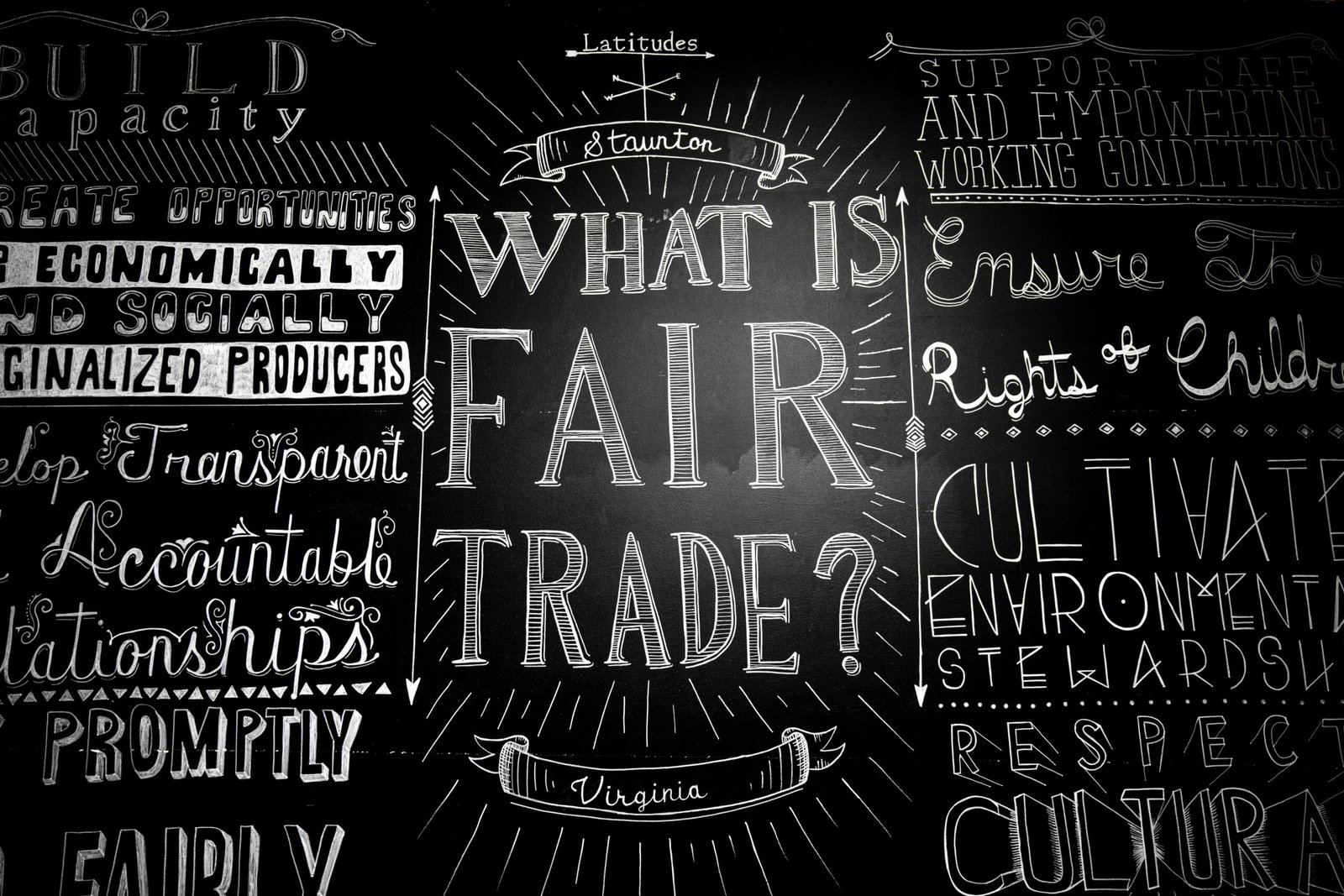Understanding Trade Compliance and Customs
Trade compliance refers to the adherence to laws and regulations governing international trade activities, ensuring that businesses operate within the legal frameworks of various nations. Customs processes, on the other hand, involve the regulations that govern the import and export of goods. Together, these concepts play a critical role in facilitating smooth cross-border transactions while protecting national interests.
The significance of adhering to trade compliance regulations cannot be overstated. Non-compliance can lead to severe consequences, including substantial fines, delayed shipments, and potential bans from certain markets. Therefore, it is essential for organizations engaged in international commerce to understand the implications of their actions within the complex tapestry of trade law.
Key concepts in trade compliance include tariffs, duties, and trade agreements. Tariffs are taxes imposed on imported goods, which can affect the pricing and competitiveness of products in global markets. Duties, while similar to tariffs, often refer specifically to the taxes applied at the point of entry into a country. Moreover, trade agreements established between nations aim to promote economic cooperation, reducing or eliminating tariffs and fostering a more streamlined process for compliance.
One key challenge in trade compliance is the variability of regulations across different jurisdictions. Each country has its own set of rules determining what can be exported or imported, influencing the duties applied and the necessary documentation required. This complexity can create significant operational challenges for businesses seeking to maintain compliance in a dynamic and interconnected global trade environment.
As international trade continues to evolve, so do the methods by which organizations ensure compliance with these multifaceted regulations. Embracing technological advancements is becoming increasingly important for businesses as they navigate the intricate landscape of trade compliance and customs.
The Impact of AI on Trade Compliance
The advent of artificial intelligence (AI) in trade compliance is heralding a new era in the management of customs and regulatory obligations. AI technologies are adept at automating repetitive compliance tasks that have traditionally consumed significant human resources and time. This automation not only streamlines processes but also allows compliance teams to allocate their efforts towards higher-value activities, leading to an overall enhancement in productivity and operational efficiency within organizations.
One of the core benefits of AI is its ability to analyze vast datasets rapidly. Trade compliance involves navigating complex regulatory landscapes and managing an abundance of data from various sources. AI algorithms can sift through this data to pinpoint compliance risks with greater precision. For example, predictive analytics can project potential compliance issues by examining historical data patterns, allowing businesses to address challenges proactively rather than reactively. This capability is invaluable, enabling organizations to stay ahead of potential compliance breaches that may arise due to evolving trade regulations.
Additionally, AI’s role in anomaly detection cannot be overstated. By utilizing machine learning techniques, companies can identify unusual patterns or discrepancies in trade data that may indicate non-compliance. Such insights facilitate prompt corrective actions, thereby minimizing risk exposure. Furthermore, intelligent document processing improves the management of export and import documentation. AI systems can automatically extract, categorize, and validate information from various documents, ensuring that all requirements are met without manual intervention.
In essence, the integration of AI in trade compliance leads to improved accuracy, reduced risk, and enhanced decision-making processes. The deployment of these advanced technologies is transforming how businesses approach compliance, fostering an environment where strategic alignment with regulatory standards can be achieved more seamlessly and effectively.
AI Technologies Used in Customs Management
In the realm of customs management, several advanced artificial intelligence (AI) technologies are making significant strides in optimizing procedures and improving efficiency. Among these, machine learning, natural language processing (NLP), and robotics are particularly noteworthy. Machine learning algorithms analyze historical data and patterns, allowing customs authorities to refine risk assessment processes. This technology helps in identifying potential contraband or misclassified goods by learning from previous cases, significantly enhancing accuracy and reducing manual oversight.
Natural language processing complements machine learning by enabling customs systems to interpret and analyze vast amounts of unstructured data. Customs declarations often contain textual information that can be ambiguous or complex. NLP tools can process this data, extracting essential details and improving classification accuracy. For instance, by analyzing customs declarations in real-time, NLP can identify discrepancies against existing regulations, ensuring compliance and mitigating risks.
Robotics is another area where AI is revolutionizing customs management. Automated systems can now perform physical inspections, scanning containers and freight with precision that reduces the need for labor-intensive manual checks. These robotic systems are equipped with AI capabilities that enable them to assess risks based on a variety of factors, such as origin, history, and type of goods. As a result, customs officers can focus on high-risk shipments that require further scrutiny, thereby streamlining the inspection process.
Case studies demonstrate the effectiveness of these AI solutions in real-world applications. For example, a leading global shipping company implemented machine learning algorithms to predict and assess risks associated with freight moving through international borders. As a result, they achieved a notable reduction in inspection times and increased compliance rates. Another customs agency deployed NLP tools to enhance their documentation processes, which led to a marked decrease in filing errors and expedited cargo clearance. Collectively, these AI technologies illustrate a transformative shift towards more efficient and effective customs management.
Future Trends and Challenges in AI-Driven Trade Compliance
The integration of artificial intelligence (AI) into trade compliance and customs is expected to evolve significantly in the coming years. One of the most notable trends is the increasing automation of compliance processes, allowing organizations to expedite their operations while improving accuracy. Machine learning algorithms, for instance, can analyze vast amounts of data to identify patterns and anomalies, thus enabling proactive compliance measures. This technology facilitates a more efficient examination of trade regulations and tariffs, ultimately reducing human error and compliance costs.
As AI-driven tools become more sophisticated, they are likely to provide enhanced predictive analytics capabilities. By leveraging historical data and real-time information, firms can make informed decisions about their trade practices, anticipating regulatory updates or shifts in the global market landscape. However, the adoption of these technologies does not come without challenges. Organizations must navigate data privacy concerns, as AI systems require substantial amounts of sensitive information to function effectively. Balancing compliance with privacy regulations, such as the General Data Protection Regulation (GDPR), is essential for maintaining trust with stakeholders.
Furthermore, the need for skilled personnel to manage and oversee AI systems remains a critical challenge. While AI can automate many tasks, human expertise is still required to interpret the results and ensure robust compliance frameworks. Organizations may find themselves relying heavily on technology, which could lead to diminished human oversight and potential compliance risks if not managed appropriately. The dynamic nature of global trade adds another layer of complexity, as businesses must continuously adapt to regulatory changes and evolving market conditions.
In conclusion, while AI presents promising opportunities for enhancing trade compliance and customs operations, organizations must remain vigilant. By addressing potential challenges and investing in human capital, businesses can effectively navigate the complexities of global trade in an AI-driven future.









